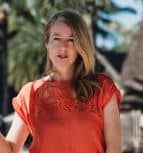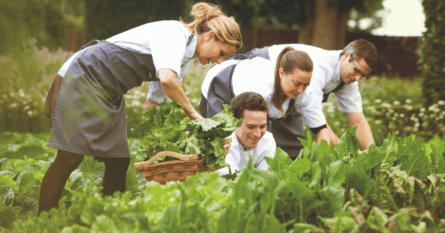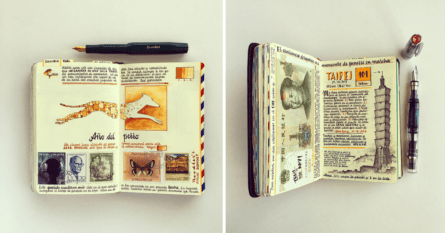Find out why holidaymakers are now looking to take things at a more leisurely pace and embrace the slower way of life.
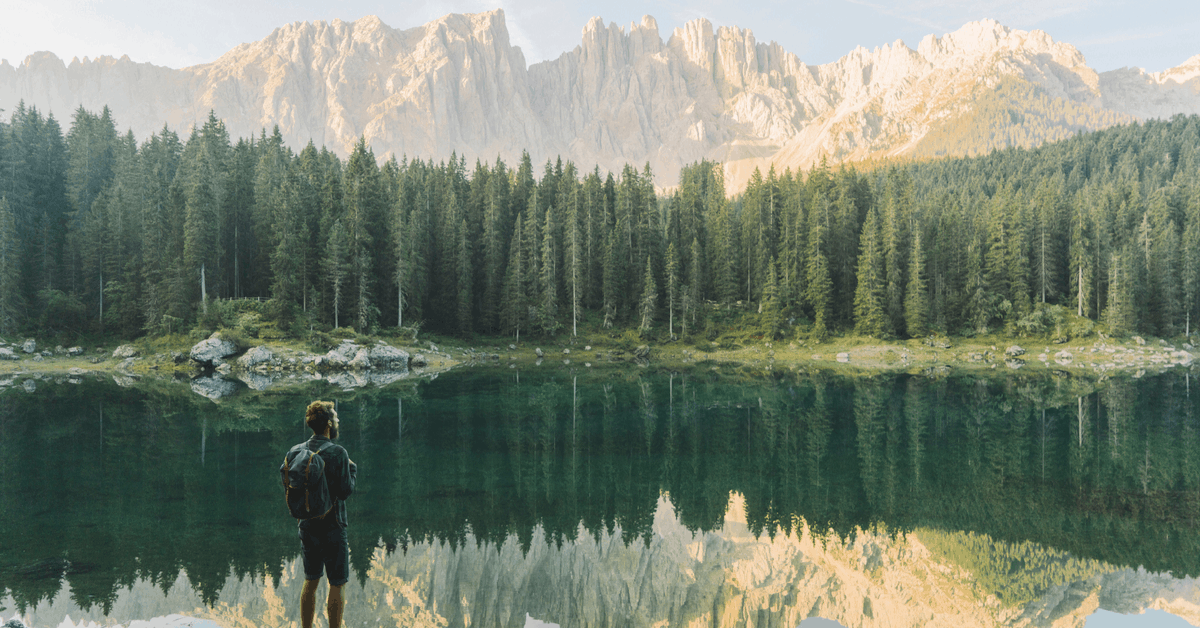
After a whirlwind week of non-stop meetings, airport terminals, and conference calls, it’s not hard to see why travelers are choosing to take life at a slower pace when on vacation. Holidaymakers are switching fast-paced itineraries filled with back-to-back sights for slow travel trips that give them the chance to stop and enjoy their surrounds.
Slow travel is about taking time out to enjoy the beauty of life. Rather than hurrying through a destination, slow travel fans are switching private jets for scenic train rides, discovering one town instead of three, and putting away their smartphones to stop and drink coffee with the locals. They want to know what it is like to be a local rather than a tourist.
The concept of slow travel is designed to give your mind, body, and soul a boost. It focuses on mindfulness, living in the present, and making connections – connections that will remain with you longer than a few likes. And when you get home, you won’t feel as if you instantly need to take another break.
The origins of slow travel lie in the slow movement established in Italy in 1986. It was launched by food writer Carlo Petrini in protest of the first opening of a McDonald’s outlet in Rome. The aim of Petrini’s slow food movement chose to celebrate local artisanal ingredients and regional cooking methods over fast-food methods and globalization.
The slow movement soon spilled over into other parts of life, from fashion to parenting to slow cities and slow travel. The movement was also perpetuated by the arrival of the hipster movement, a reaction to globalization that was driven by authenticity, artisanal buys, and making connections.
Canadian author and journalist Carl Honore who wrote the award-winning book “In Praise of Slow” said that the Slow Movement is about savoring the hours and minutes rather than just counting them: “Doing everything as well as possible, instead of as fast as possible. It’s about quality over quantity in everything from work to food.”
Companies helping you take it slow
Travel companies are returning to a time when journeys were taken at a slower pace. They’re organizing train journeys through the European countryside, private boat cruises along the Mekong from Luang Prabang in Laos to Chiang Mai in Thailand and offering walking holidays that follow in the footsteps of ancient pilgrimages in Spain or Japan.
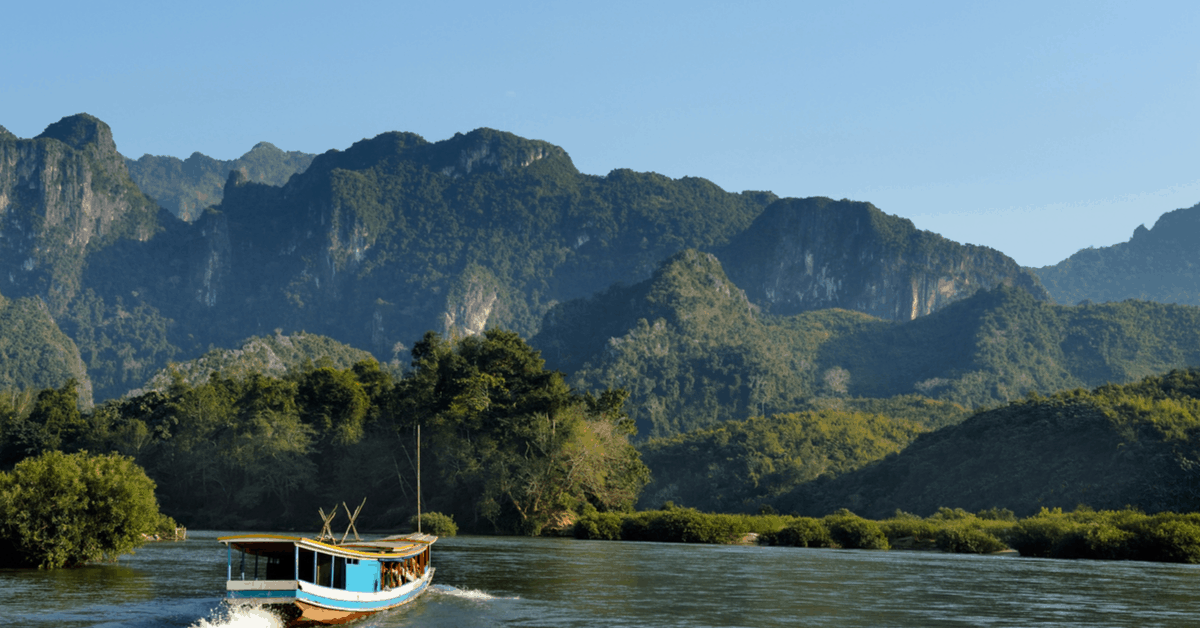
Minor Hotels CEO Dillip Rajakarier, whose company owns the new luxury cruise company Mekong Kingdoms, said guests often want to holiday in the same way as travelers did in times gone by.
“Our guests are travelers who desire not just a unique travel experience, but one that enhances the ambiance of the destinations,” he said.
“Mekong Kingdoms’ cruises harken back to the days when the journey is savored as much as the destination.”
Tourist attractions are also adapting to the slower way of life by encouraging visitors to embrace mindfulness and stop a while instead of rushing to the next attraction.
In Innsbruck, Austria, architects from Snøhetta Studio Innsbruck created the Path of Perspectives, a 2.8-kilometer-trail in Innsbruck’s picture-perfect Nordkette mountain range. The trail begins at the top of the Zaha Hadid-designed cable car ride and winds its way across the Austrian landscape. Along the way, there are podiums, benches, and platforms made from larch and steel that complement the landscape.
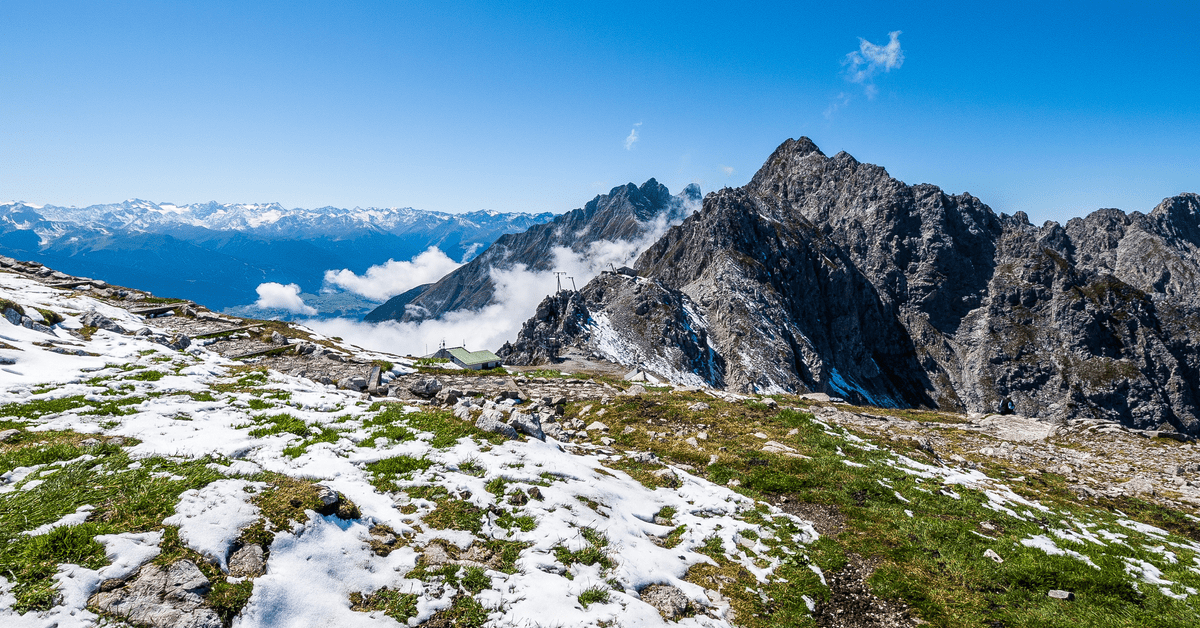
Snøhetta Studio Innsbruck managing director Patrick Lüth said each photogenic rest stop or meeting place is inscribed with a quote from the Austrian philosopher Ludwig Wittgenstein, giving the visitor something to ponder over while looking out over the landscape.
“We want people to immerse into the landscape and enjoy the unique features from different perspectives, rather than just gazing at the dramatic scenery from one spectacular viewing terrace,” he said.
Lüth said the rise of slow travel was largely due to people looking for authentic experiences to help escape from the stressful daily routines.
“For us as architects, it is important to translate this new ‘discovery of slowness’ into ‘slow’ projects,” he said.
“Our work should focus on the essence of the landscape, the essence of the context rather than creating spectacular structures or buildings for their own sake.”
In London, Dotmaker Tours run a walking tour to show how in a city addicted to speed, tourists can still find a moment of solace.
The tour, which starts at the Embankment and finishes in Covent Garden, explores the works of various artists and architects that can be found along the journey.
Dotmaker Tours founder Rosie Oliver said she wanted to offer tourists a different perspective on the vibrant city.
“This slower side to London opens up to us the more we slow down,” she said.
Slow travel meets adventure
While some fast-paced vacation fans may think a slow travel trip doesn’t live up to the adrenaline-filled break they’re looking for, they may be surprised to find that boundaries can still be pushed on slow travel holidays.
UK expedition company Secret Compass launched three tours in 2019 that embrace the spirit of slow travel. The tours include channeling the life of the Bedouins by crossing the Sinai desert by camel, joining Kazakh eagle hunters across Mongolia, and following in the footsteps of the Melanesian sea voyagers by kayaking through the Louisiades Archipelago in Papua New Guinea.
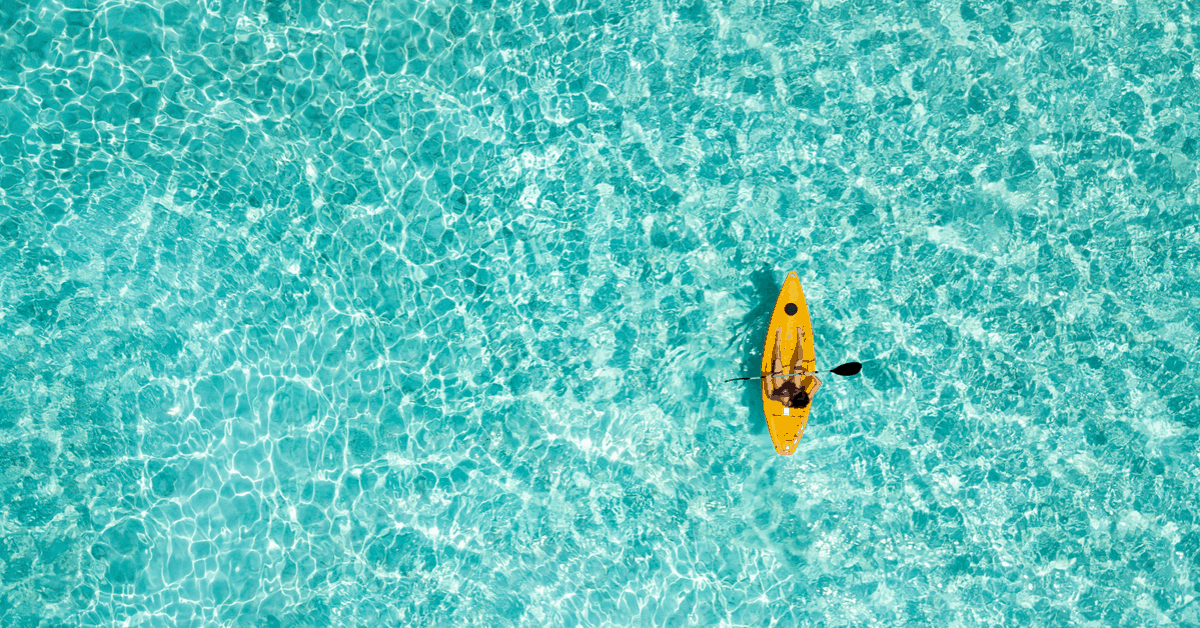
Secret Compass founder and managing director Tom Bodkin said slow travel resonated with people suffering from a constant sensory overload.
“This kind of simple ‘back to basics’ travel allows people a moment to reconnect and realign – whether that means total digital detox, escape from their busy jobs or total immersion in a totally different environment and way of life,” Bodkin said.
Other travel companies such as Unsettled and Remote Year have also come to the rescue of adventurous slow travelers.
Unsettled offers unstructured experiences that help people connect with the local community in one country and take part in local workshops and experiences, such as taking salsa lessons in Medellin, Colombia or joining a batik class in Bali, Indonesia.
While Remote Year will schedule for you to spend every month of your four, six, or 12-month long trip, in a different country in either South America or Southeast Asia so you can learn more about each place and really feel like a local.
The future of slow travel
It’s clear that slow travel is more than just a brief trend, with some travel experts suggesting it could provide a solution to over-tourism. The mindful, off-the-beaten-track tours that slow travel promotes purposefully move away from the cities and leave the crowds behind.
Venice is one such city known to suffer from over-tourism. In response to this issue, a group of boutique travel operators joined together to create Slow Venice Network in 2014, to show how people can visit the city without impacting the environment.
The network is an umbrella group for environmentally-friendly local guides based in Venice who create trips to show a quieter side of the city, far away from expensive coffees in the piazza and the slow-moving crowds.
The guides take people away from St Mark’s Square to the edge of the Venice lagoon where guests can cycle along the embankment of the Sile and Zero rivers and learn about the history of the island city, before stopping for lunch at a local restaurant that uses seasonal, organic ingredients to create regional dishes.
Slow Venice manager Roberta Manzi said slow travel gives people the chance to enjoy a city without ruining it for future generations.
“People no longer want to just tick off a destination, they want to make a connection whilst they are there,” she said.
“Slow travel gives them the chance to experience new cultures, whilst respecting the environment.”
